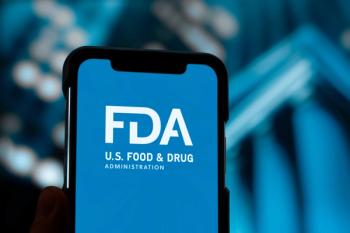
Study offers bivalirudin dose estimates for patients with varying degrees of renal function
There is a strong relationship between bivalirudin dosing requirements and renal function when steady state conditions are maintained, results of a study published in the September issue of Pharmacotherapy demonstrate.
There is a strong relationship between bivalirudin dosing requirements and renal function when steady state conditions are maintained, according to results of a study published in the September issue of Pharmacotherapy demonstrate.
Investigators conducted a retrospective medical record review to evaluate steady-state bivalirudin dosing requirements in patients with varying degrees of kidney function, as well as those receiving renal replacement therapy.
Study participants were identified through an administrative database at Main Medical Center, Portland, Me., Investigators identified the medical records for 64 adult patients, 18 years or older, who received at least 48 hours of bivalirudin therapy for known or suspected heparin-induced thrombocytopenia between March 2007 and May 2010. The patients were divided into 5 groups based on estimated kidney function according to Cockcroft-Gault–estimated creatinine clearance (Clcr) or by type of renal replacement therapy: 11 patients with Clcr less than 30 mL/minute, 21 patients with Clcr 30–60 mL/minute, 17 patients with Clcr greater than 60 mL/minute, 4 patients who received continuous venovenous hemofiltration (CVVH), and 4 patients who received hemodialysis.
The resulting data demonstrated that bivalirudin dosing requirements increased with increasing Clcr values. For the Clcr greater than 60 mL/minute cohort, the median bivalirudin dose was 0.15 mg/kg/hour, which was greater than median doses for Clcr 30–60 mL/minute (0.10 mg/kg/hr), Clcr less than 30 ml/minute (0.08 mg/kg/hr), CVVH (0.06 mg/kg/hr), and hemodialysis (0.04 mg/kg/hr). The median therapeutic bivalirudin dose was 0.09 mg/kg/hour (IQR 0.05–0.12 mg/kg/hr), and the median steady-state activated partial thromboplastin time value of 70 seconds (IQR 63–74 sec) was similar in all groups.
The authors note, “The high degree of variability in initial bivalirudin dosing requirements, particularly for patients with low Clcr values, suggests that individual patient dosing will require careful titration to achieve adequate anticoagulation.”
Newsletter
Get the latest industry news, event updates, and more from Managed healthcare Executive.






















































